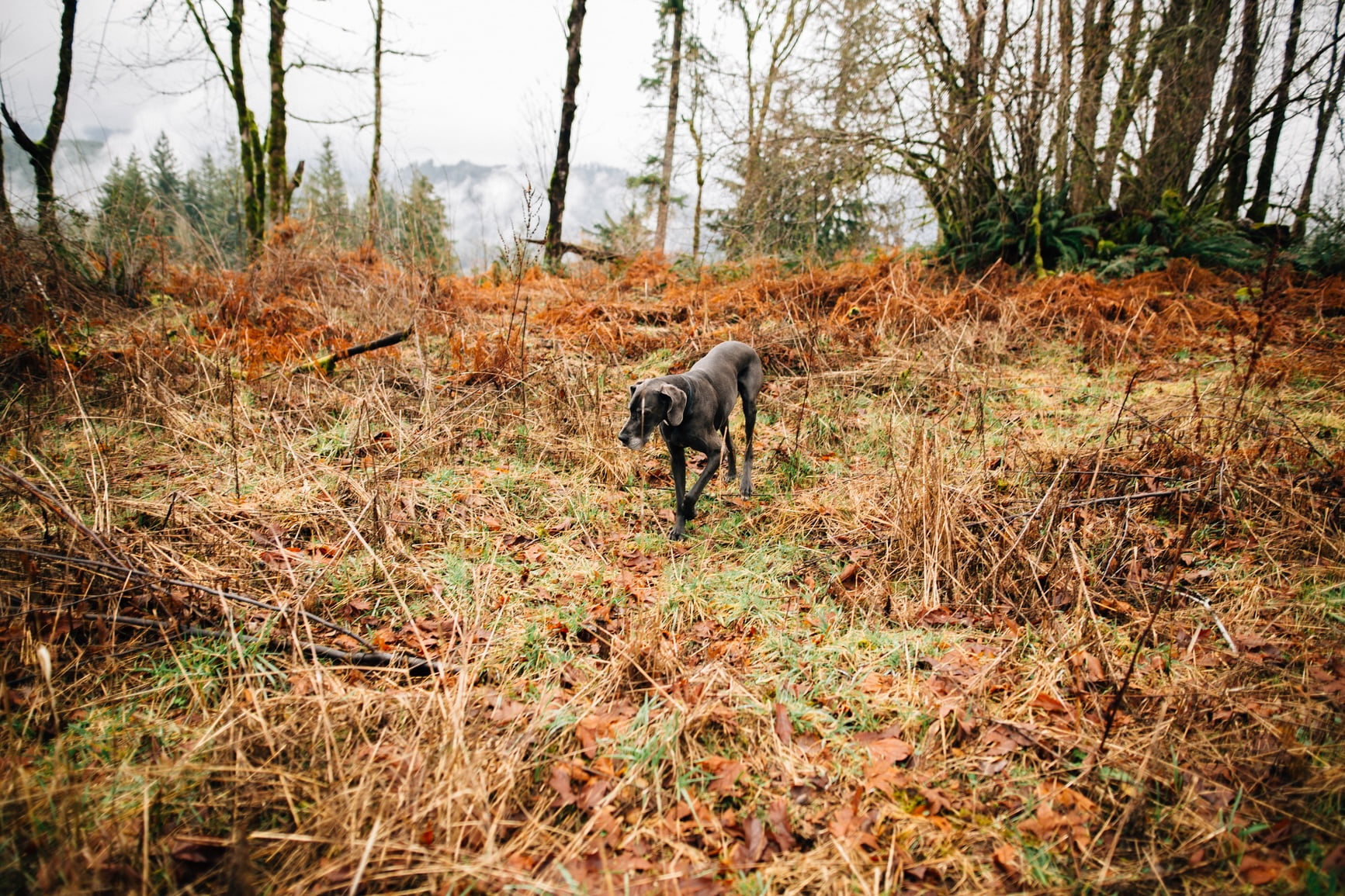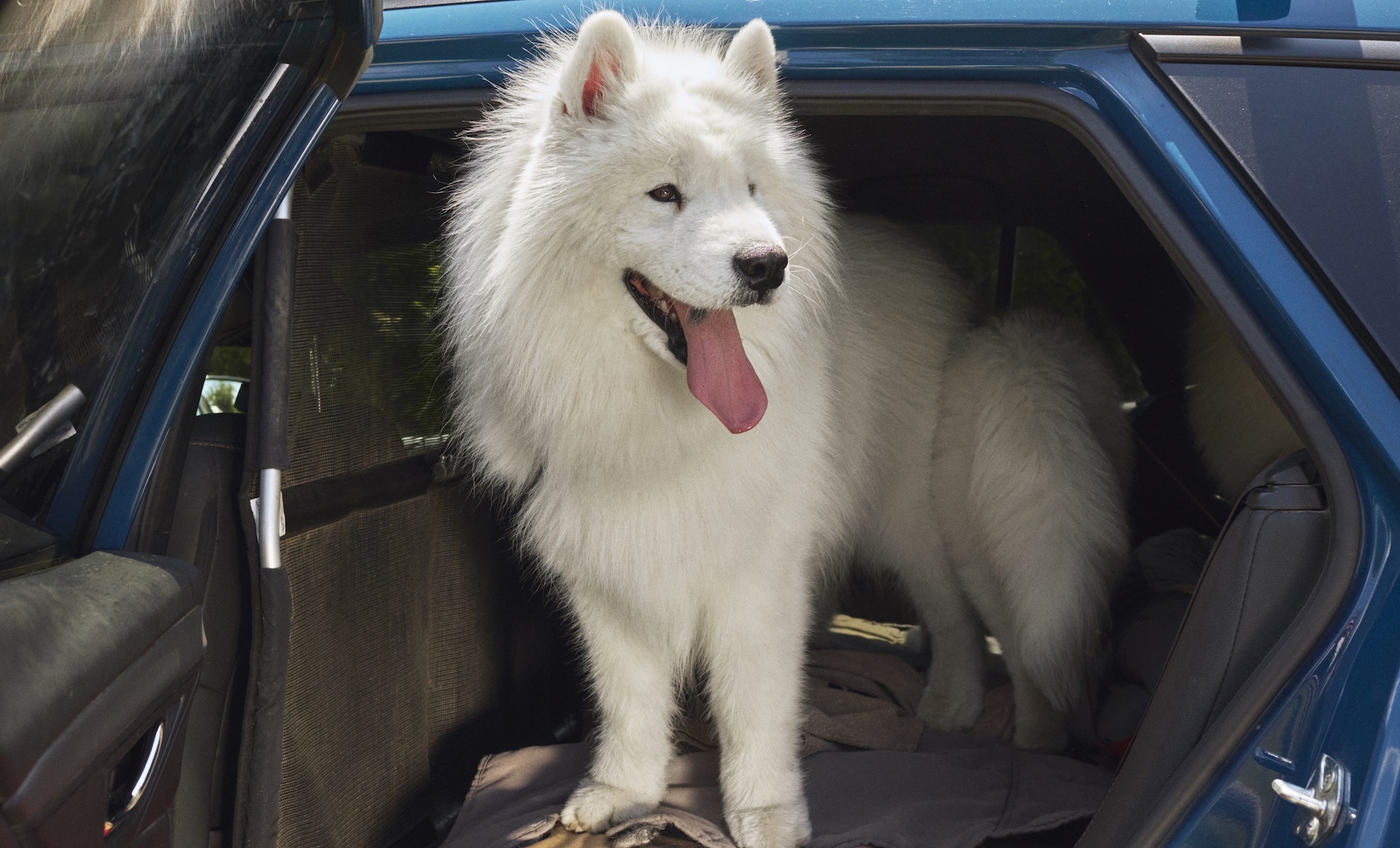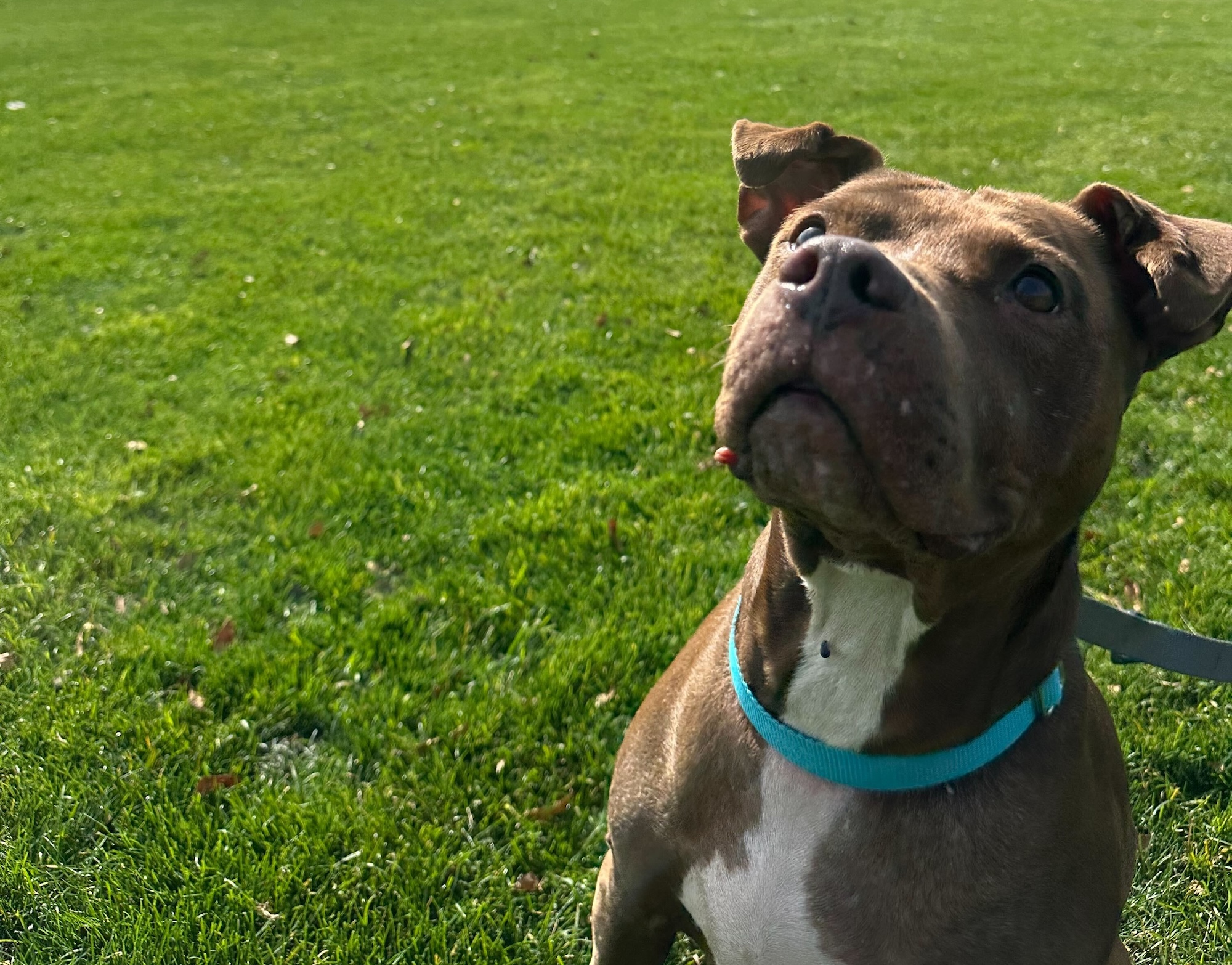In this article:
- What kind of dogs participated in the study?
- What tests did the dogs perform?
- How do I get my dog involved in hunting spotted lanternflies?
Spotted lanternflies—invasive flying insects that lay waste to vegetation across the United States—are hard to miss once they’re grown. The mature planthoppers are famously bright and spackled. But their eggs are much more elusive, and discovering those eggs is the best way to eradicate lanternflies before they can do their worst damage.
Professional detection dogs have proven effective at locating lanternfly eggs, but there aren’t enough trained teams to meet the growing demand. A new study suggests that community scientists and their pet dogs could help fill the gap.
The research, led by Dr. Sally Dickinson at Virginia Tech’s College of Agriculture and Life Sciences and published in PeerJ Life & Environment, suggests that ordinary dog owners with scent-detection experience can successfully train their pets to identify spotted lanternfly egg masses. This “participatory science” approach, Dickinson and her colleagues claim, could help expand detection capabilities while keeping costs manageable for agricultural communities.
“These teams demonstrated that citizen scientists and their dogs can play a meaningful role in protecting agriculture and the environment from invasive species,” Dr. Dickinson told Virginia Tech’s online publication. “With proper training, dog owners can turn their pets into powerful partners for conservation.”
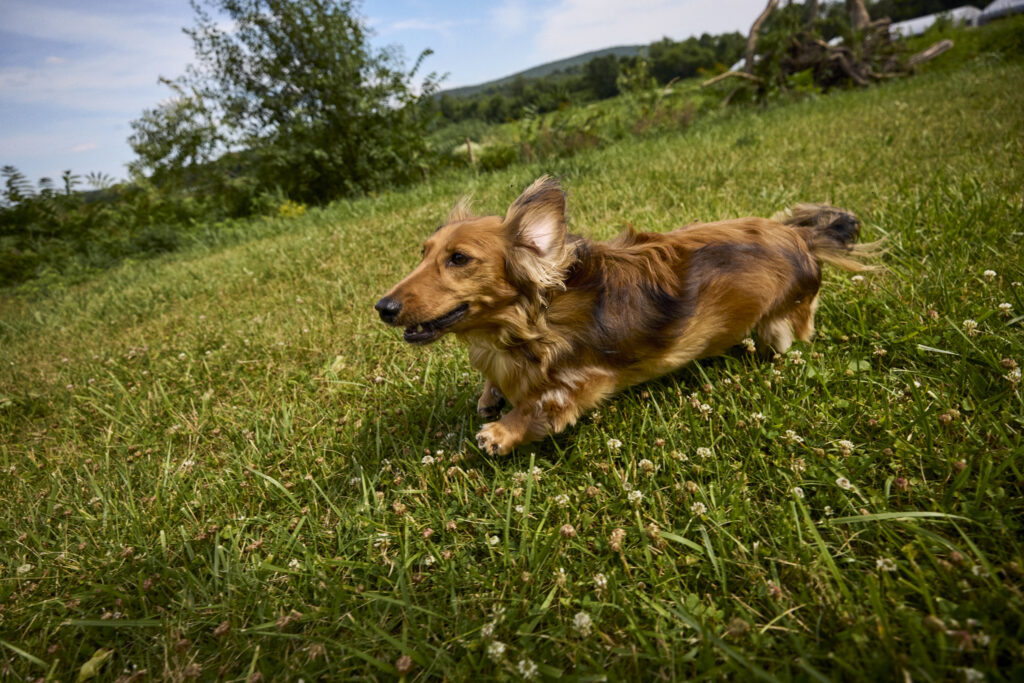
Where did the researchers find dogs to participate?
1,033 handlers initially expressed interest through Facebook recruitment. From this pool, researchers selected 182 dog-handler teams organized into 18 geographic groups across the United States. The participating dogs represented a huge diversity of breeds—from traditional working dogs like German shepherds and Labrador retrievers to unexpected candidates like Boston terriers, Cavalier King Charles spaniels, and pugs.
What unified the teams wasn’t breed or size, but experience. All participants had prior backgrounds in sport scent-detection competitions or other detection work such as search and rescue.
What kind of tests did the dogs perform?
The researchers designed a two-part evaluation modeled after professional detection-dog protocols. Teams first trained independently for three to six months using specially prepared training aids comprising frozen lanternfly eggs sealed in stainless steel mesh packets. (The frozen packets were meant to prevent live invasive insects from accidentally spreading during training outside quarantine zones.)
The first test, called an Odor Recognition Test (ORT), challenged dogs to identify spotted lanternfly egg masses within a controlled array of six boxes containing distracter odors like tree bark, grass, and medical gloves. Teams had 90 seconds per trial across ten different scenarios. Some trials included no target odor at all; this was meant to test whether the dogs were prone to false positives—choosing a box that did not contain the target odor.
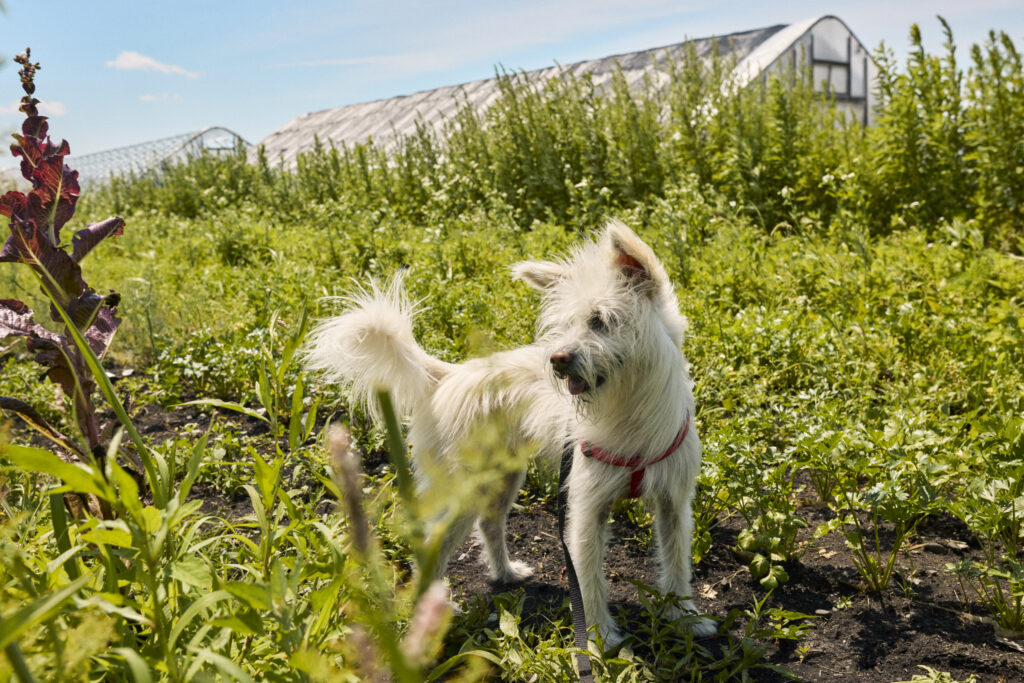
Dogs that passed the ORT with 80% accuracy advanced to a Field Evaluation, conducted in outdoor environments like lumber yards or barns. Here, teams had five minutes to locate three to five hidden training aids concealed in natural settings, mimicking real-world detection scenarios.
A subset of those successful teams participated in a final challenge: transitioning from detecting frozen eggs to live ones. These teams demonstrated that, while they were less successful than in the controlled settings, they could identify the live eggs 61% of the time.
What could this mean for you and your dog?
The authors intended this research as a proof of concept that community scientists can contribute meaningfully to invasive species management. With spotted lanternflies continuing to spread across the United States, they argue that mobilizing the pets to search for their eggs could be a cost-effective complement to professional efforts. If you have a dog with scent-detection experience, and who is looking for a job (i.e. needs enrichment), consider searching for a training program in your area.
As Dr. Dickinson told the school, “This research is about more than detection. It’s about empowering people to work alongside their dogs to protect the places and communities they care about.
